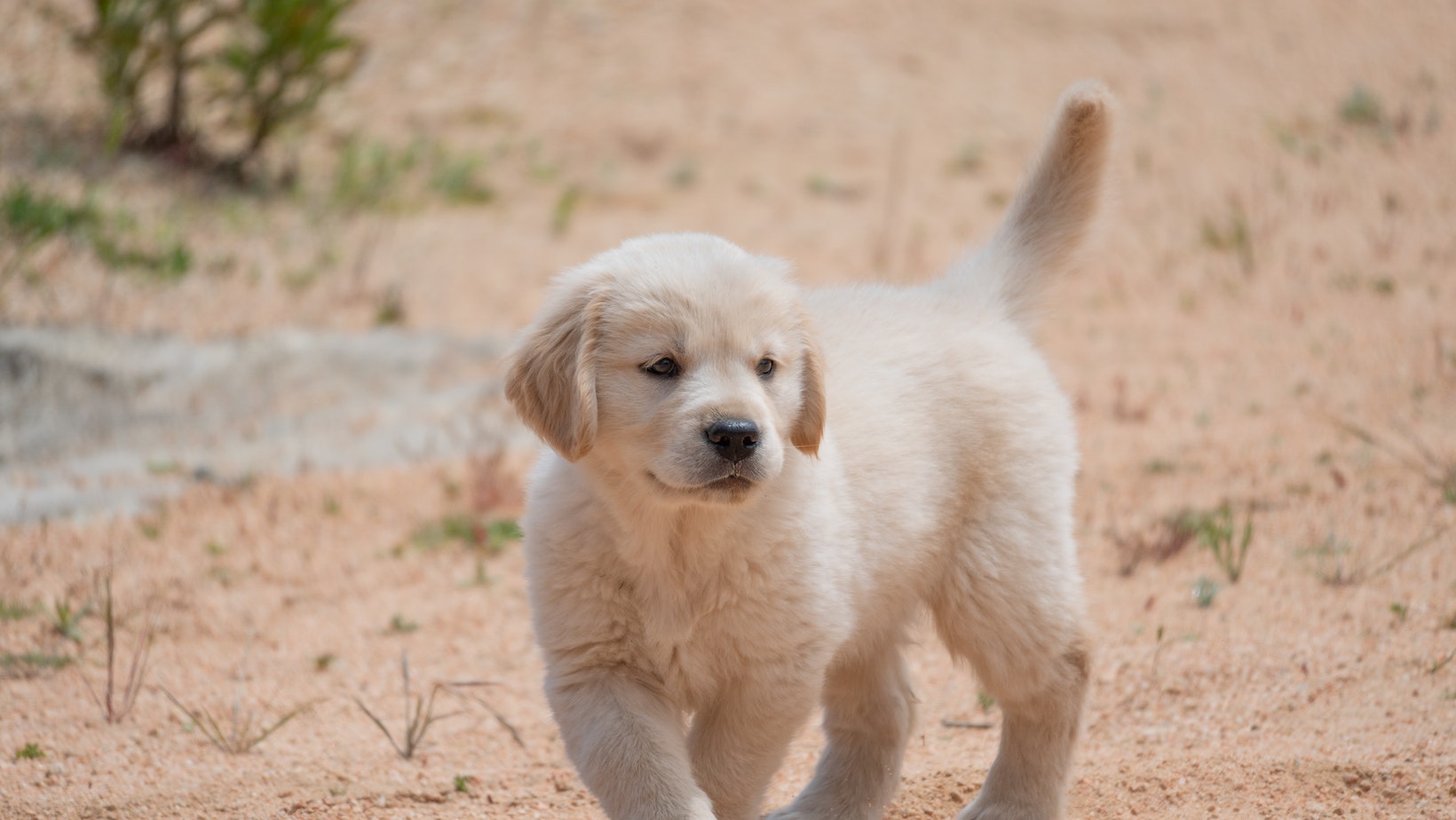Are you tired of your daily walks turning into a constant battle of tug-of-war with your beloved Labrador? Well, fret not, because I’m here to share some valuable tips on how to stop your dog from pulling on the leash. We all know that walking a strong and enthusiastic pup can be quite challenging, but with a little bit of patience and consistency, you can regain control and make walks an enjoyable experience for both you and your furry friend.
One effective technique to discourage pulling is teaching your dog the “heel” command. Start by holding the leash firmly but not forcefully, keeping it close to your body. As soon as your Labrador starts to pull ahead, gently say “heel” and guide them back to your side using treats or praise as positive reinforcement. Consistently rewarding them whenever they walk calmly by your side will reinforce this behavior over time.
Another helpful tip is utilizing proper equipment such as a no-pull harness or head halter. These tools distribute pressure more evenly across your dog’s body and discourage pulling without causing harm or discomfort. Remember to introduce any new equipment gradually, allowing them time to adjust before heading out for a walk.
By implementing these techniques consistently and patiently, you’ll be well on your way to curbing that excessive leash pulling behavior in no time. So gear up, grab those treats, and embark on enjoyable walks with your Labrador companion!

How To Stop My Dog From Pulling On The Leash
If you’ve ever struggled with your Labrador pulling on the leash during walks, don’t worry, you’re not alone. Many dog owners face this common challenge. Fortunately, there are effective exercises that can help teach your furry friend how to walk calmly on a loose leash.
- Start with Basic Training: Before diving into specific exercises, it’s important to establish a foundation of basic obedience training for your Labrador. Teach them commands like “sit,” “stay,” and “heel” in a controlled environment. This will set the stage for successful loose leash walking.
- Use Positive Reinforcement: Dogs respond well to positive reinforcement, so be sure to reward your Labrador whenever they exhibit desired behavior during walks. Treats, verbal praise, and petting are all effective ways to reinforce good leash manners.
- Practice Short Leash Walks: Begin by practicing short walks in low-distraction areas such as your backyard or a quiet park. Keep the leash short but relaxed, allowing enough slack for your dog to move comfortably without pulling.
- Incorporate Changes in Direction: During these short walks, periodically change directions by making gentle turns or U-turns. This helps keep your dog engaged and focused on following you rather than pulling ahead.
- Stop and Wait Technique: If your Labrador starts pulling on the leash, stop walking immediately and wait until they release tension on the leash before proceeding forward again. Repeat this process consistently until they understand that pulling leads to a pause in the walk.
- Use Distractions as Training Opportunities: Introduce controlled distractions during walks to further reinforce loose leash walking skills. Start with mild distractions such as tempting smells or toys placed along the path and gradually increase difficulty as your dog becomes more proficient.
Remember that every dog is unique, so adapt these techniques based on your Labrador’s individual needs and temperament. Seek professional guidance if needed, especially if you encounter persistent challenges or behavioral issues during the training process.
Remember that consistency is key when training your Labrador to walk politely on a leash. Practice these exercises regularly while gradually increasing the duration and complexity of your walks. With patience and perseverance, you’ll soon notice improvements in your dog’s leash manners, making walks a more enjoyable experience for both of you.